Coastal city lures tourists with history
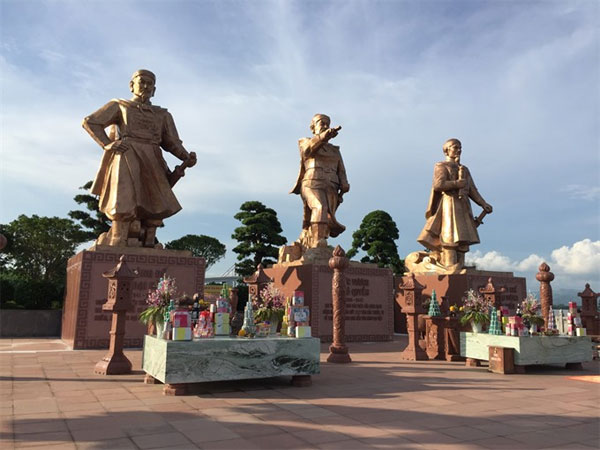 |
| Heroes: Statues of the three heroes who repelled Chinese invaders. - VNS Photo Tran Mai Huong |
There are some places that should be highlighted for tourists.
Wild archipelago
Cat Ba archipelago and Cat Ba National Park are located to the south of Hạ Long Bay, 30km from Hai Phong City and 25km from Ha Long City. The park was recognised as a World Biosphere Reserve in 2004. One can reach the park by boat or road, viewing hundreds of islands emerging from the sea area.
Cat Ba Island is about 100sq.km and is home to primitive forests with rich fauna and flora, and beaches with clear water throughout the year. Many streams run from the mountains to the sea.
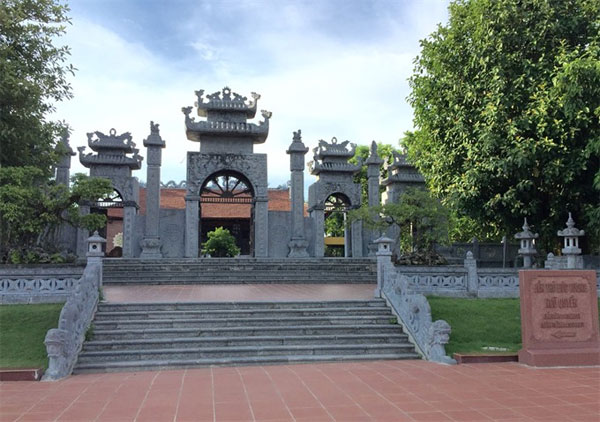 |
| Relic: A temple dedicated to Ngo Quyen at Trang Kenh – Bach Dang Historical Complex. - VNS Photo Tran Mai Huong |
The main island hosts one of the biggest nature reserves in the country. The total area under protection is 15,200ha including 9,800ha of forest and 4,200ha of sea. The area was recognised as a national park in 1983.
The area is home to 20 kinds of animals, 69 kinds of birds, 20 kinds of reptiles and amphibians, nearly 150 families of plants, including 250 types of herbal medicine.
Cat Ba also possesses breath-taking Lan Ha Bay and some remote islands of Ha Long Bay. There are plenty of places to go kayaking, or go trekking through mountains and explore caves.
Lan Ha Bay
The bay is on the east side of Cat Ba Island and just next to Ha Long Bay. Lan Ha Bay covers 7,000ha, 5,400ha of which belongs to the management area of Cat Ba National Park.
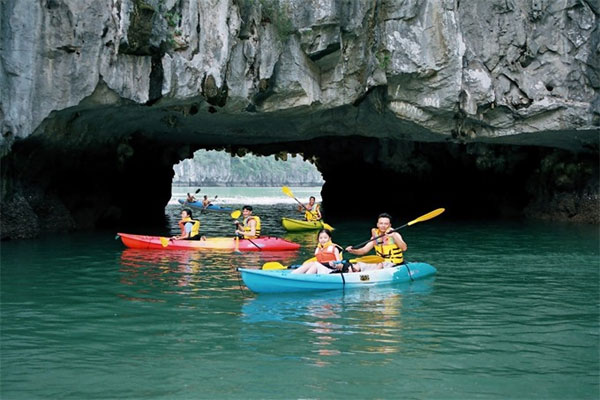 |
| Water games: Tourists go kayaking at Lan Ha Bay. — File Photo |
The landscape is as beautiful as Ha Long Bay and has special features as well. Lan Ha Bay has many karst mountains dividing the bay. There are hundreds of small mountains formed by the sea and the weather into strange forms, such as Hon Guoc (Shoe Island) and Hon Doi (Bat Island).
Mysterious caves are everywhere in Lan Ha Bay, including Ham Rong Cave, Do Cung Cave and Ca Cave. Lan Ha Bay has nearly 140 small and deserted beaches with yellow sand.
Travelling by kayak, tourists can reach small beaches to relax and visit caves on islands like Vem Beach, Tung Ga Cave and Cat Dua Beach. Cat Dua Beach now offers accommodation for tourists, who can also visit pearl farms in the area.
There are long beaches hidden between karst mountains with calm seas. Under the clear water, there are coral reefs such as Van Boi and Van Ha. Tourists can also dive to see the coral at Sen, Cu and Monkey islands.
Floating farms on the bay offer fresh seafoods such as fish and crab.
Bach Long Vy Island
Bach Long Vy is an island near Hai Phong City. It is one of eight large fishing areas in the gulf and has a strategic important position in developing the economy and sea security in the Tonkin Gulf.
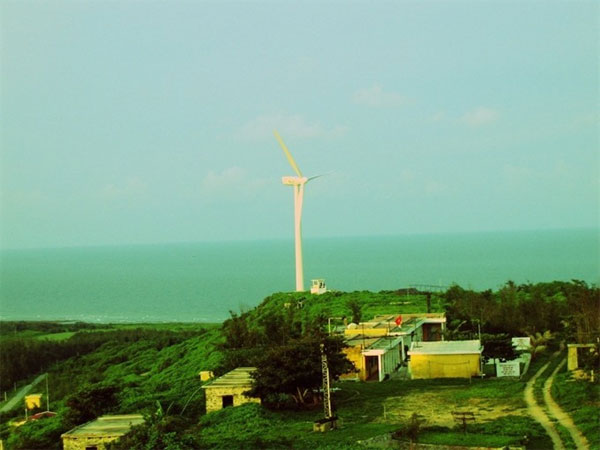 |
| Pristine: Bach Long Vy Island is virtually untouched. — File Photo |
Tourists should not miss watching the sunrise from the lighthouse. They can climb to the top and experience the mingling of sky and sea.
Relics of heroes
The Trang Kenh – Bach Dang Historical Relic Complex is located 20km to the north of Hai Phong City. It rests against Trang Kenh mountain range, with Bach Dang River in the east and Gia River in the south and includes temples and statues of historic heroes.
On the Bach Dang River, Vietnamese generals fought against northern invaders on three occasions. In all three battles, Chinese, or Mongol, invaders, attempted to extend their empire down the coast of Vietnam, and on all three occasions, were wiped out or turned back.
In 938, General Ngo Quyen directed his troops to imbed wooden pillars with sharp iron tips into the river bed as 100,000 troops from China invaded Van Xuan, then the name of Vietnam.
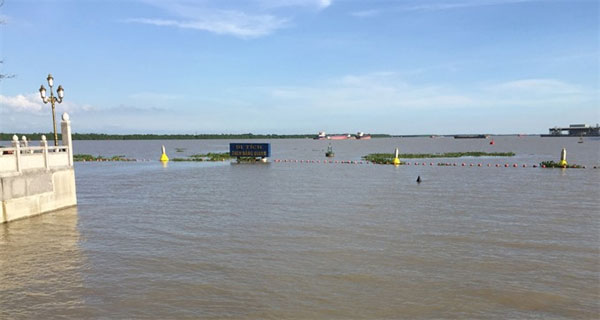 |
| Battle site: Remains of the trap site that brought victories for three Vietnamese rulers over invaders from the North. — VNS Photo Tran Mai Huong |
When the tide was high, the sharp stakes were hidden under the sea as the Chinese navy advanced. The General enticed them up the Bach Dang River. As the tide retreated, Ngo Quyen’s fleet of small boats turned around to watch the enemy war boats become impaled on the sharp posts.
After the victory, Ngo Quyen proclaimed himself King Ngo Quyen and ended 1,000 years of Chinese rule in Van Xuan, opening a long independent period for the country.
In 981, Song troops invaded Dai Co Viet (another name change). Vietnamese navy troops lost in a battle on the Luc Dau River and fled to Bach Dang River.
The third victory on Bach Dang River involved King Le Dai Hanh. He ordered General Le Hoan to again hammer wooden pillars into the bed at the mouth of the river to trap the enemy.
Le Hoan’s naval troops lured the enemy by fleeing to the prepared site. Again, as the tide got lower, the enemy boats were pierced by the sharp wooden pillars. Vietnamese troops fought back and destroyed the enemy’s troops.
In 1288, the third victory on Bach Dang occurred when General Tran Quoc Tuan and his troops defeated Mongol invaders, then the strongest troops in the world. According to Dai Viet Su Ky Toan Thu (The Complete Annals of Dai Viet), General Tran Quoc Tuan directly led the fights.
At the complex, tourists can see objects and maps of the historic fights. Temples dedicated to King Tran Nhan Tong and General Tran Quoc Tuan have been established.
Right beside the river bank, a square with the three statues of Ngo Quyen, Le Dai Hanh and Tran Hung Dao look out over the water to help tourists understand the old battles and the victories.
What the stars mean:
★ Poor ★ ★ Promising ★★★ Good ★★★★ Very good ★★★★★ Exceptional
Latest News
More News
- Potential rises for golf tourism boom (November 06, 2024 | 15:17)
- Ba Ria-Vung Tau strengthens regional links to bolster tourism (November 04, 2024 | 10:00)
- Vietnam attracts growing interest from global travellers (October 28, 2024 | 17:59)
- Vietjet receives latest aircraft from Airbus in France (October 08, 2024 | 18:02)
- Telling travel stories through movies (October 08, 2024 | 14:00)
- South Korean tourists lead Vietnam’s tourism revival (October 08, 2024 | 11:49)
- Vietnam a golden land for golf tourism (October 08, 2024 | 11:41)
- Con Dao leads the way in circular tourism (October 08, 2024 | 08:00)
- Nestlé and VNAT announce new cooperation initiative (October 02, 2024 | 15:43)
- Hanoi recognises new city-level tourist areas (September 27, 2024 | 20:25)





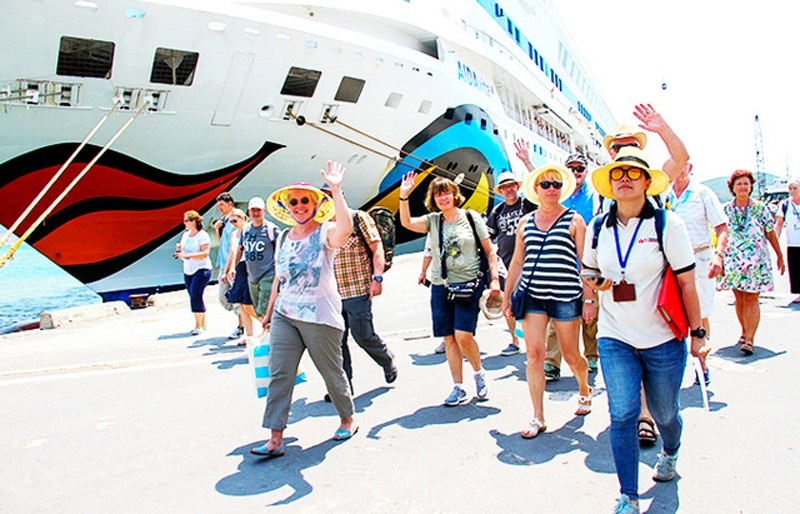



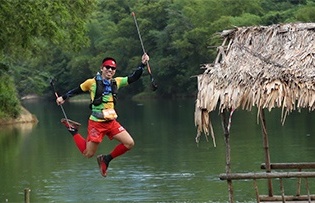







 Mobile Version
Mobile Version